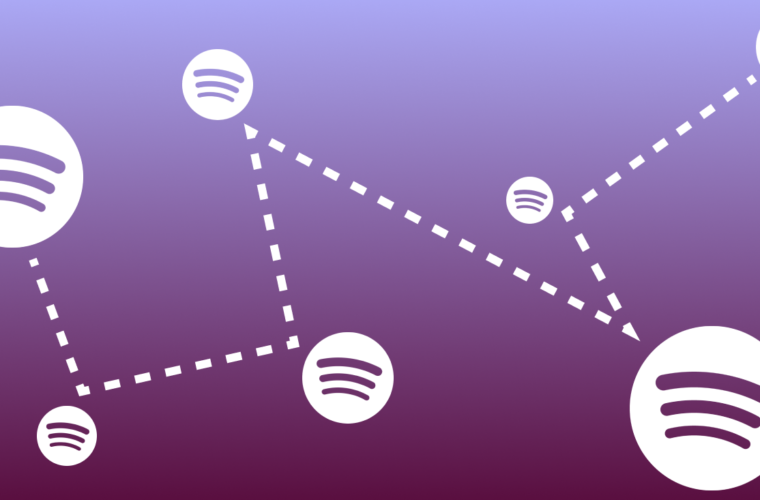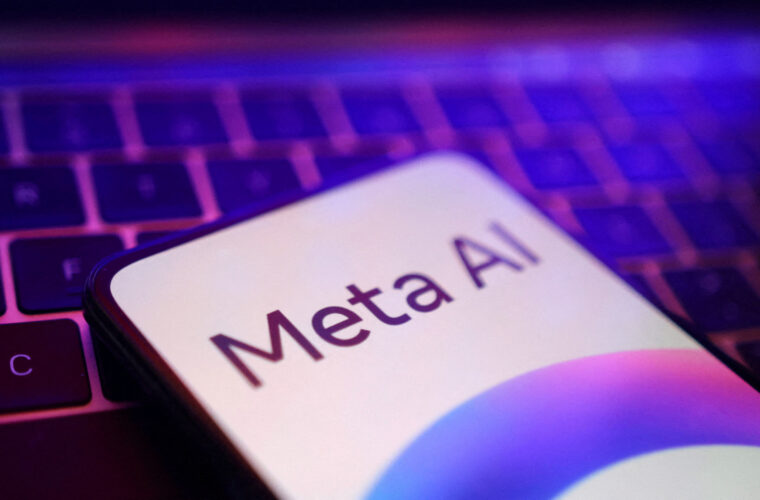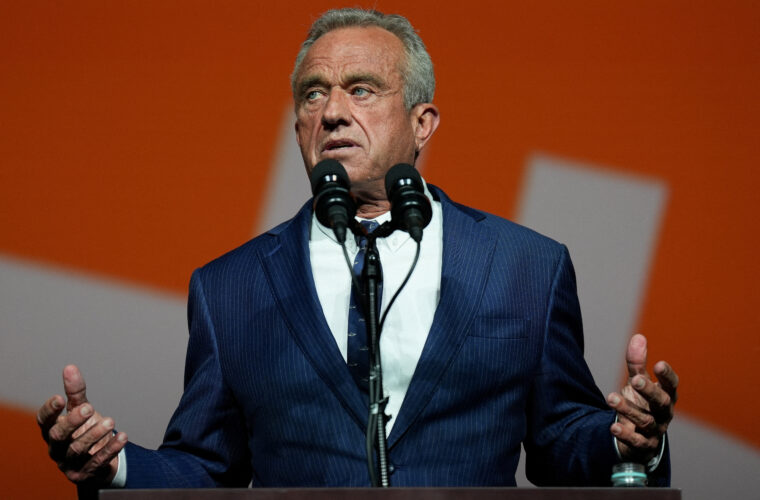After Twitter, Meta is also launching a subscription to verify Facebook and Instagram accounts. While access to the platforms remains free, the era of free social networks is thus coming to an end. Not having to pay to have a personal profile, pages, and groups was the reason that convinced billions of people to subscribe to various social media, which in turn obtained a large amount of personal data, useful for tailor-made ads. This is a decisive aspect because the business model of social media is almost exclusively based on the revenue guaranteed by advertisers, who are interested in reaching a large audience easily and securely, with precisely the possibility of targeting messages to individual users.
What Meta Verified is and what it offers
With the arrival of Meta Verified, the scenario changes since, beyond the advantages guaranteed by the package developed by the Menlo Park company, there is a difference in treatment among subscribers for the first time. In addition to the verified badge as a consequence of authentication through an official document, those who pay for the monthly subscription will enjoy greater attention, security and visibility.
This was said by Mark Zuckerberg, who, announcing the start of the Meta Verified tests, specified that subscribers would be constantly monitored against those who attempt to imitate verified profiles by illegally using names and images. Moreover, in case of need, subscribers will be able to turn to a live assistant who will help them in a short time instead of trying to explain the nature of the problem to the bots used by social networks and many other companies to respond to subscribers’ requests.
Rounding out the picture is the ever-present visibility, with priority in searches, comments and recommendations. It is a valuable hook to catch those chasing glory and thus willing to pay to ensure an increase in their page numbers. They are also guaranteed “exclusive stickers on Facebook and Instagram Stories and Facebook Reels and 100 free monthly stars on Facebook” to support creators.
In other words, everything is good to bring in a few dollars, notwithstanding the promise on which Zuckerberg founded his platform, ‘Facebook is free and always will be‘ because, with the accounts in turmoil, the past counts for nothing and all that matters is getting as much money as possible for the future.
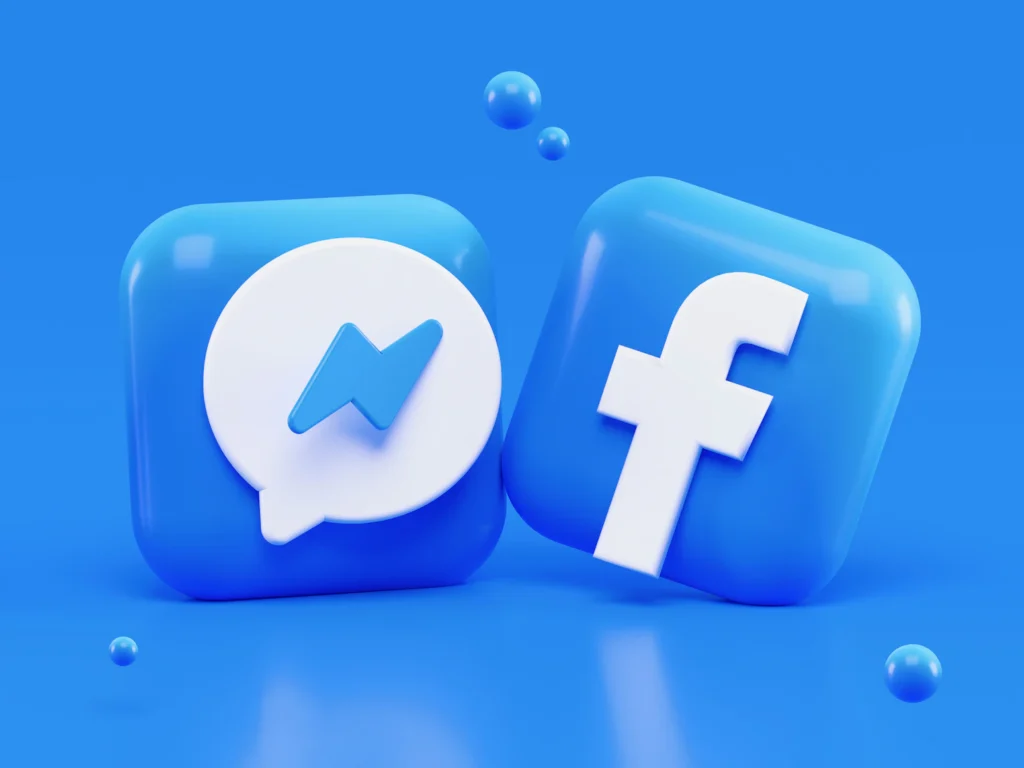
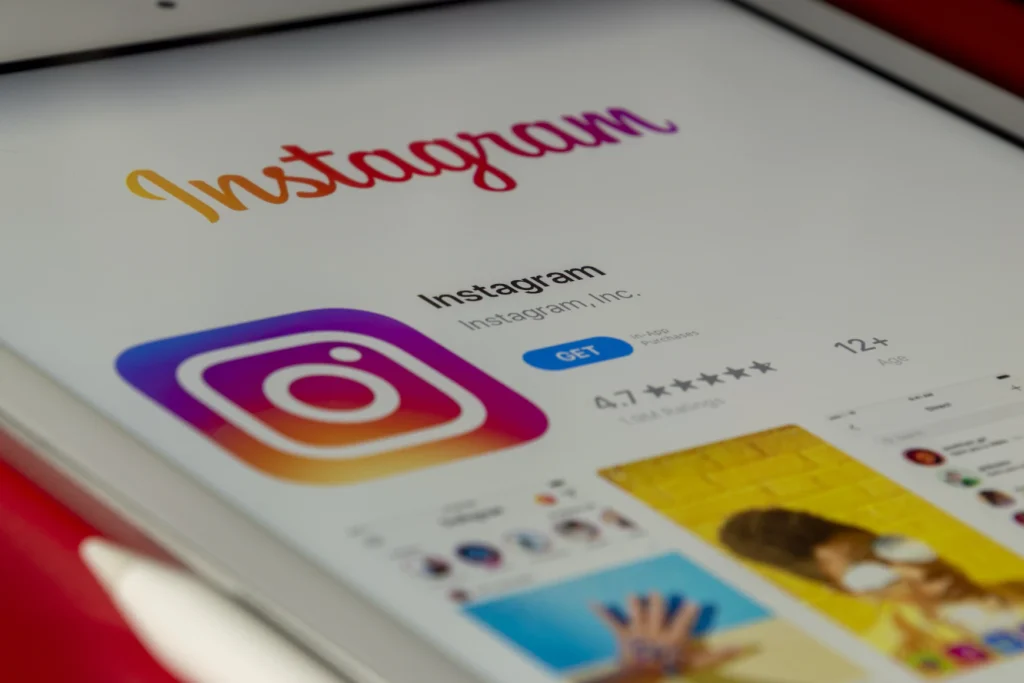
The Metaverse problem and the differences between Meta and Twitter
Meta’s future is called the metaverse, an undertaking as complex as it is expensive, considering that in 2022 alone, the Reality Labs division closed with a loss of $13.7 billion. 2023 will not be any better. Indeed the company’s CFO, Susan Li, has said that she expects losses to increase, although no signs point to Meta changing its long-term strategy. The future of Zuckerberg, who keeps shareholders happy with the recent $40 billion share buyback plan in the meantime, depends on the success of the Metaverse deal.
Meta’s move replicates what Twitter has done, with Elon Musk launching Twitter Blue in December for account verification and a series of benefits linked to activity on the platform. Of course, Twitter’s situation is far more critical than that of Facebook and Instagram because if the latter is struggling with declining interest and accounts below analysts’ estimates, Musk fares far worse and is unlikely to be able to lift Twitter’s stock any time soon not least because nine lawsuits have recently arrived from suppliers and companies waiting for $14 million, unpaid by Musk in the hope of avoiding closing the annual balance sheet at a loss.
Already implemented in the past with Tesla, Musk’s behaviour is aided by the falling corporate obligation to report financial details, as Twitter has now become a private company. However, according to sources close to the company, the annual expenses for renting office space and facilities housing the company’s data centres for 2023 are expected to amount to $239 million.
The situation is quite different at Meta, where they are thinking about the next steps to expand the range of services to be offered for a fee. “The long-term plan is to offer a subscription that is useful to all subscribers,” reports the company’s note on Meta Verified, hinting that in the future, one should not be surprised if other features are now available for free become pay-as-you-go.
Those who already have a blue-checked verified profile on Facebook and Instagram can continue to keep it for the time being. In contrast, those who want it will have to pay $11.99 per month for the web subscription and $14.99 for the mobile version on iOS and Android. The launch phase does not start with the US, however, but with Australia and New Zealand, with expansion to other countries to take place over the coming weeks.

